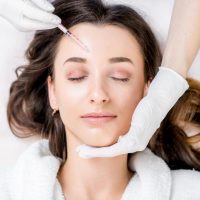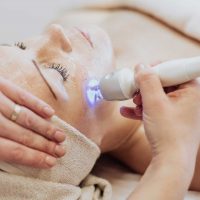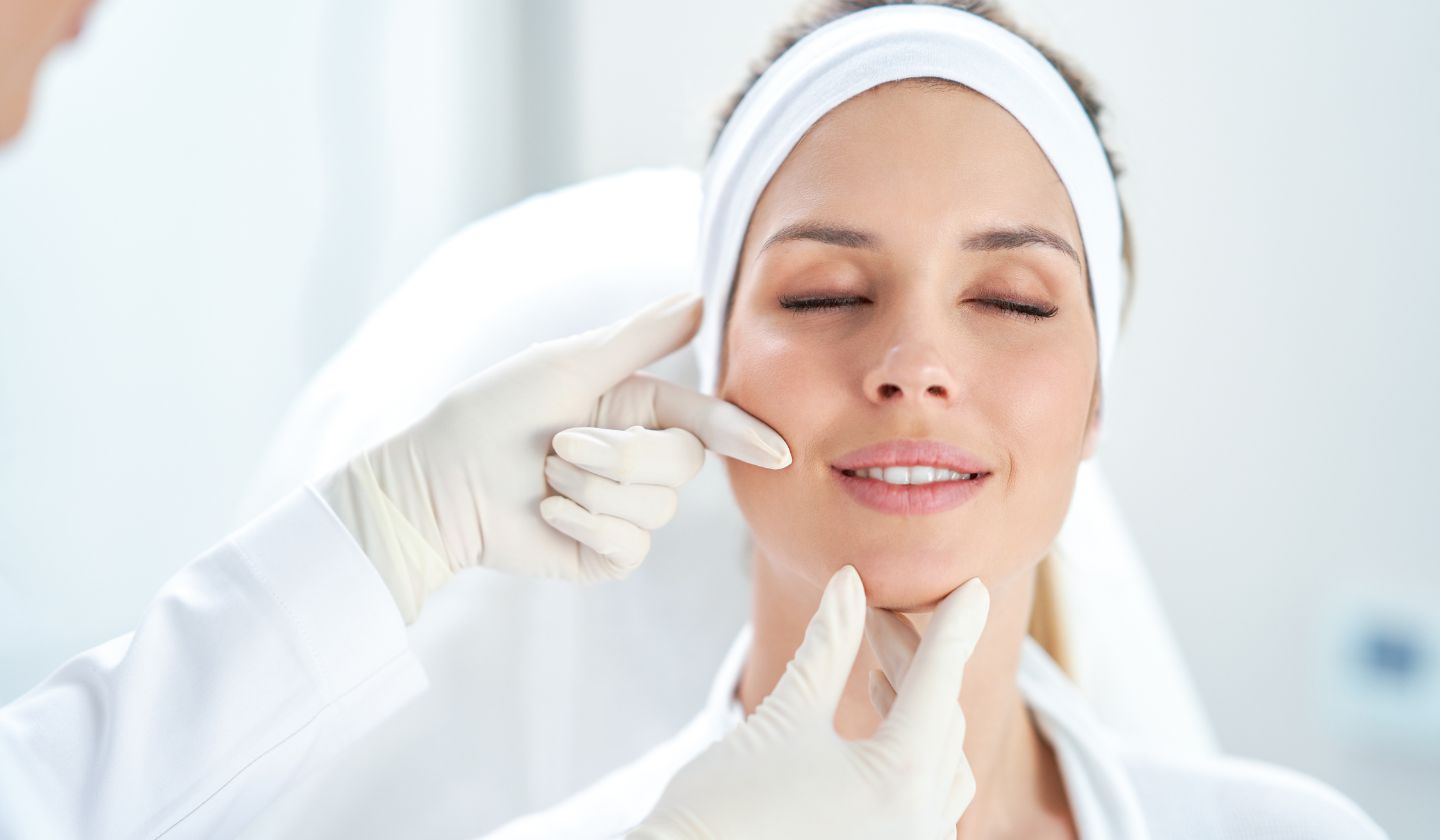Chemical peels cause temporary side effects and carry some serious risks. Common reactions include redness, peeling, and mild discomfort lasting 1-3 weeks. Serious complications like scarring or infection occur in less than 5% of cases when performed by trained professionals.
Chemical peels remove damaged skin layers using acid solutions. The treatment reveals smoother, brighter skin but requires proper understanding of potential risks and safety measures.
What Are Chemical Peels and How Do They Work?
Chemical peels use acid solutions to remove damaged skin layers. The acids dissolve dead skin cells and damaged tissue, allowing new skin to grow. This process improves skin texture, reduces wrinkles, and fades dark spots.
Three main types exist:
- Light peels – Target the epidermis (outer skin layer)
- Medium peels – Penetrate to the dermis (middle layer)
- Deep peels – Reach the reticular dermis (deepest layer)
Common acids include glycolic acid, salicylic acid, trichloroacetic acid (TCA), and phenol. Each acid penetrates different skin depths and carries varying risk levels.
What Are the Most Common Side Effects?
Most people experience redness, peeling, and mild swelling after chemical peels. These normal reactions indicate the skin is healing and renewing itself.
Expected Temporary Effects
Redness and Irritation Treated skin appears red and feels tender, similar to sunburn. Light peels cause mild redness lasting 1-3 days. Medium peels produce moderate redness for 7-14 days. Deep peels create severe redness lasting several months.
Skin Peeling and Flaking Dead skin cells shed 2-7 days after treatment. Light peels cause minimal flaking. Medium peels produce visible peeling for 7-14 days. Deep peels result in extensive peeling for 2-3 weeks.
Mild Swelling Facial puffiness commonly occurs, especially around the eyes. Swelling typically worsens for 48 hours before improving. Facial treatments often include soothing techniques to manage discomfort.
Stinging or Burning Patients feel burning sensations during acid application. Light peels cause brief stinging. Medium peels produce burning for up to 20 minutes. Deep peels require pain medication.
Recovery Timeline by Peel Type
Light Peels: 1-7 days healing time
- Day 1-2: Mild redness
- Day 3-5: Light peeling
- Day 6-7: Normal skin appearance
Medium Peels: 7-14 days healing time
- Day 1-3: Moderate redness and swelling
- Day 4-8: Active peeling phase
- Day 9-14: New skin emerges
Deep Peels: 14-21 days healing time
- Week 1: Severe redness and swelling
- Week 2: Intensive peeling
- Week 3: Gradual improvement
What Are the Serious Risks and Complications?
Serious complications occur in less than 5% of professionally performed chemical peels. These include infection, scarring, and permanent skin color changes.
Infection Risks
Bacterial infections develop in 1-2% of chemical peel patients. Signs include increased pain, fever, pus, or red streaks extending from treated areas. Proper wound care prevents most infections.
Viral reactivation affects patients with herpes simplex history. Cold sores commonly appear 7-10 days after treatment. Antiviral medications reduce outbreak risk by 80%.
Scarring Complications
Permanent scarring occurs in less than 1% of cases when performed by dermatologists. Scars typically develop on the lower face due to increased tissue movement. Risk factors include:
- Picking at healing skin
- Sun exposure during recovery
- History of keloid formation
- Improper aftercare
Skin Color Changes
Hyperpigmentation (darker skin) affects 5-10% of patients. Post-inflammatory hyperpigmentation occurs more frequently in:
- Fitzpatrick skin types IV-VI
- Light peel patients
- Those with melasma history
Hypopigmentation (lighter skin) develops in 2-5% of medium and deep peel patients. This permanent lightening cannot be reversed and requires lifelong sun protection.
How Do Risks Vary by Skin Type?
Darker skin types face higher complication rates from chemical peels. Fitzpatrick skin types IV-VI have increased melanocyte activity, making them more prone to pigmentation changes.
Risks for Dark Skin
Post-inflammatory hyperpigmentation occurs in 15-20% of dark-skinned patients. This condition creates darker patches that may persist for months. Prevention strategies include:
- Using lower acid concentrations
- Applying pre-treatment skin lighteners
- Avoiding sun exposure
- Following strict aftercare protocols
Deep peels cannot be safely performed on dark skin. Phenol-based peels cause permanent depigmentation in patients with higher melanin content. Chemical peels at our facility are customized for each skin type.
Recommended Peel Types by Skin Color
Light skin (Types I-III):
- All peel depths considered safe
- Lower hyperpigmentation risk
- Faster healing times
Medium skin (Types III-IV):
- Light to medium peels recommended
- Moderate precautions needed
- 4-6 week intervals between treatments
Dark skin (Types IV-VI):
- Light peels only
- Extensive pre-treatment preparation
- 6-8 week healing periods
What Are the Risk Factors for Each Peel Depth?
Risk severity increases with peel depth. Light peels carry minimal complications while deep peels pose significant health risks.
Light Chemical Peel Risks
Light peels have a 1-3% complication rate. These superficial treatments target only the epidermis, minimizing serious risks.
Common effects include:
- Mild redness (1-3 days)
- Light peeling (3-5 days)
- Temporary dryness
- Minimal infection risk
Medium Chemical Peel Risks
Medium peels carry a 5-8% complication rate. These treatments penetrate the dermis, increasing healing time and risk factors.
Potential complications:
- Moderate swelling (7-14 days)
- Visible peeling (10-14 days)
- Pigmentation changes (5-10% of patients)
- Infection risk (2-3% of cases)
Deep Chemical Peel Risks
Deep peels have a 15-20% complication rate. These intensive treatments affect the reticular dermis and require medical supervision.
Serious risks include:
- Cardiac complications – Phenol absorption can cause heart arrhythmias
- Kidney damage – Phenol toxicity affects renal function
- Liver damage – Phenol metabolism strains hepatic systems
- Permanent hypopigmentation – Loss of melanin production
- Scarring – 5-10% of deep peel patients
Who Should Avoid Chemical Peels?
Certain medical conditions and medications increase chemical peel risks. Patients should avoid treatment if they have specific contraindications.
Medical Contraindications
Isotretinoin use within 6 months increases scarring risk by 300%. The medication thins skin and impairs healing processes.
Active herpes simplex infections can spread during treatment. Patients must complete antiviral therapy before procedures.
Pregnancy and breastfeeding restrict chemical peel options. Hormonal changes affect healing and pigmentation.
Keloid scar history indicates abnormal healing patterns. These patients have higher complication rates.
Medication Restrictions
Blood thinners increase bleeding and bruising risks. Patients must discontinue aspirin, warfarin, and NSAIDs 7 days before treatment.
Photosensitizing medications heighten sun sensitivity. Antibiotics, diuretics, and retinoids require careful timing.
Immunosuppressive drugs slow healing and increase infection risk. Consultation with prescribing physicians is required.
How Can Patients Minimize Chemical Peel Risks?
Proper provider selection reduces complication rates by 75%. Board-certified dermatologists and plastic surgeons have the training and experience needed for safe procedures.
Choosing the Right Provider
Experience with your skin type matters most. Providers treating darker skin types need specialized knowledge of:
- Appropriate acid concentrations
- Pre-treatment protocols
- Complication management
- Cultural sensitivity
Certification requirements include:
- Board certification in dermatology or plastic surgery
- Chemical peel training programs
- Continuing education credits
- Malpractice insurance
Pre-Treatment Preparation
Skin preparation reduces complications by 50%. The 2-4 week pre-treatment phase includes:
- Tretinoin cream application – Thins stratum corneum for even penetration
- Hydroquinone treatment – Reduces pigmentation risk
- Antiviral medication – Prevents herpes reactivation
- Sun avoidance – Prevents irregular pigmentation
Essential Aftercare Steps
Proper aftercare prevents 80% of complications. Critical steps include:
Gentle cleansing with mild soap twice daily prevents infection while maintaining moisture. Microdermabrasion offers an alternative exfoliation method.
Moisturizer application keeps skin hydrated and prevents cracking that leads to scarring.
Sun protection with SPF 30+ prevents hyperpigmentation and protects healing skin.
Medication compliance includes taking prescribed antibiotics and antivirals as directed.
Activity restrictions involve avoiding exercise, swimming, and sweating for 48-72 hours.
When Should Patients Seek Medical Attention?
Immediate medical care is needed for signs of serious complications. Patients should contact their provider within 24 hours for concerning symptoms.
Emergency Warning Signs
Infection symptoms requiring immediate treatment:
- Fever above 101°F
- Pus or yellow discharge
- Red streaks extending from treated area
- Severe pain increase
- Foul odor from wounds
Severe allergic reactions include:
- Difficulty breathing
- Facial swelling beyond treatment area
- Widespread rash or hives
- Rapid pulse or dizziness
Follow-Up Care Schedule
Scheduled appointments monitor healing progress. Typical follow-up includes:
- Day 3-5: Initial healing assessment
- Day 7-10: Peeling evaluation
- Week 2-3: Final healing check
- Month 1-3: Long-term results review
What Are the Safety Statistics for Chemical Peels?
Chemical peels rank among the safest cosmetic procedures. According to the American Society of Plastic Surgeons, serious complications occur in less than 1% of cases performed by board-certified providers.
Complication Rates by Procedure Type
Light peels: 0.5-1% serious complication rate
- Infection: 0.1-0.3%
- Scarring: 0.1-0.2%
- Pigmentation changes: 0.5-1%
Medium peels: 2-5% serious complication rate
- Infection: 0.5-1%
- Scarring: 0.5-1%
- Pigmentation changes: 2-3%
Deep peels: 5-15% serious complication rate
- Infection: 1-2%
- Scarring: 2-5%
- Systemic complications: 1-3%
Success Rates and Patient Satisfaction
Patient satisfaction rates exceed 85% for all peel types. Factors contributing to success include:
- Realistic expectations
- Proper candidate selection
- Skilled provider technique
- Compliant aftercare
Are There Safer Alternatives to Chemical Peels?
Several treatments offer similar benefits with lower risk profiles. Patients concerned about chemical peel risks can consider alternative options.
Less Invasive Options
Microdermabrasion provides gentle exfoliation with minimal downtime and virtually no serious complications. This mechanical treatment removes dead skin cells without chemical injury.
Professional facials improve skin texture and hydration without chemical injury or recovery time. These treatments cleanse, hydrate, and nourish skin safely.
Dermaplaning removes dead skin cells and fine hair safely with immediate results. The procedure uses a sterile blade to exfoliate the skin surface.
Advanced Technology Options
Laser skin resurfacing targets specific concerns with precise control and predictable outcomes. Energy-based treatments stimulate collagen production.
Radio frequency microneedling stimulates collagen production without surface damage. The combination therapy penetrates deeper than traditional methods.
Biorepeel offers gentle peeling action with reduced irritation compared to traditional chemical peels. This innovative treatment provides gradual improvement.
Skin tightening addresses aging concerns through non-invasive energy delivery. The technology firms loose skin without surgical intervention.
Final Thoughts
Chemical peels provide effective skin improvement when performed safely by qualified professionals. Understanding risks, following proper protocols, and choosing experienced providers minimize complications while maximizing results.
The key to safe chemical peel treatment lies in thorough consultation, realistic expectations, and strict adherence to pre- and post-treatment care. Patients who prioritize safety over speed achieve better long-term outcomes with fewer complications.
For those seeking skin improvement, professional consultation determines the safest, most effective treatment approach based on individual skin type, concerns, and risk tolerance. Contact qualified providers to discuss your options and develop a personalized treatment plan.

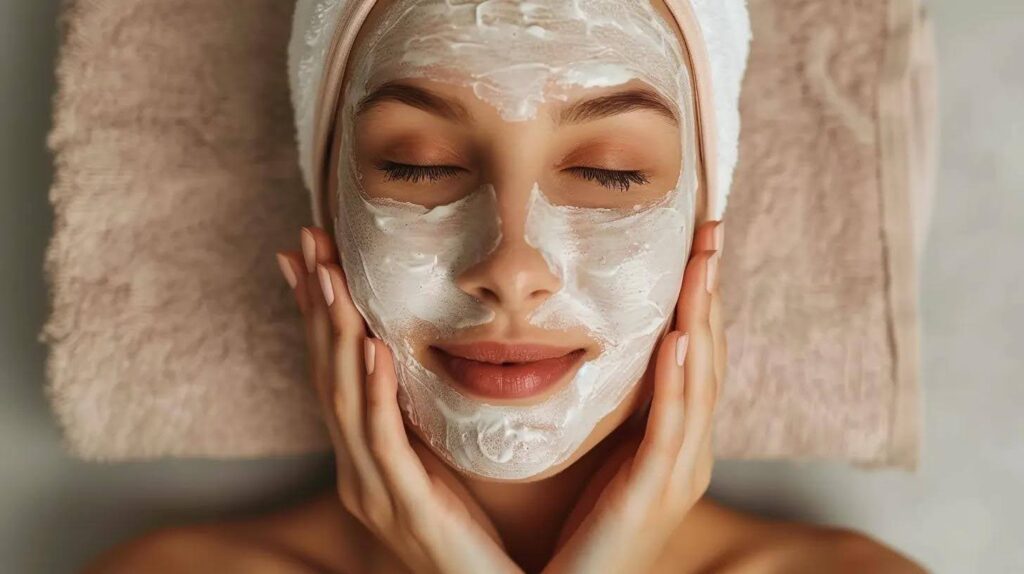
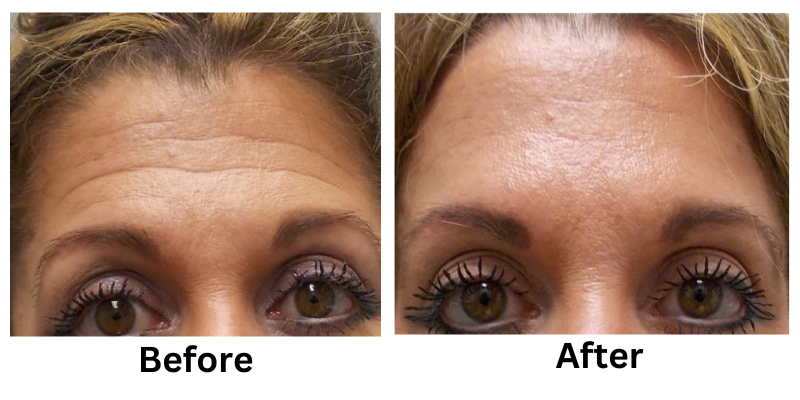
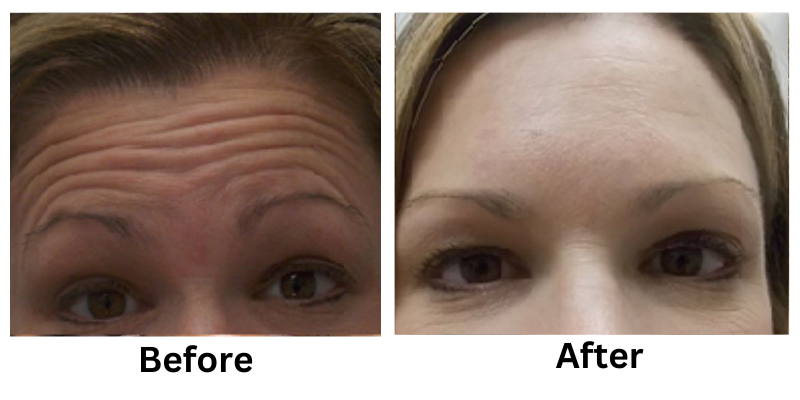
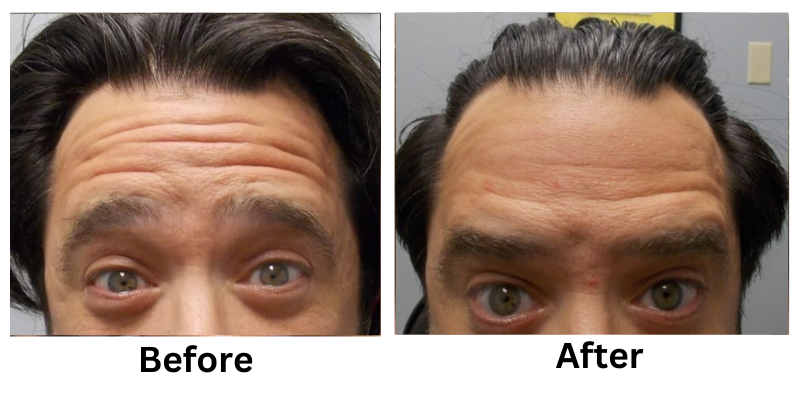
![[thumb]](https://slimmingsolutionsspa.com/wp-content/uploads/2023/12/botox1-150x150.png)
![[thumb]](https://slimmingsolutionsspa.com/wp-content/uploads/2023/12/Before2-150x150.png)
![[thumb]](https://slimmingsolutionsspa.com/wp-content/uploads/2023/12/Before3-150x150.png)
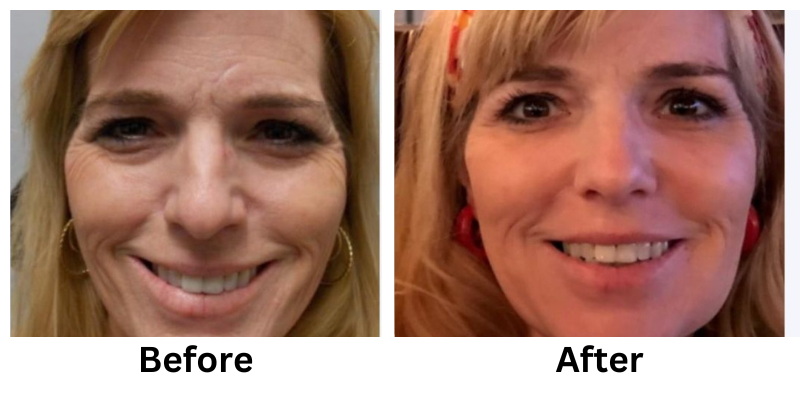
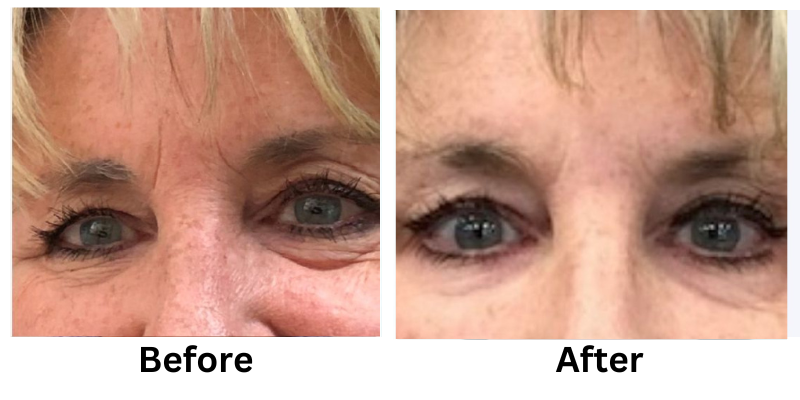
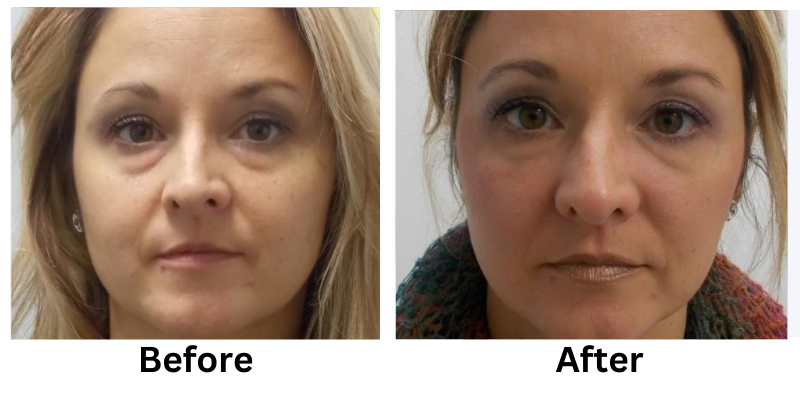
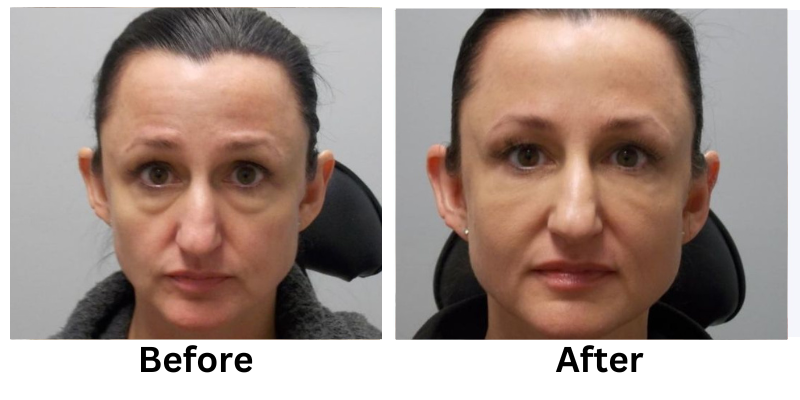
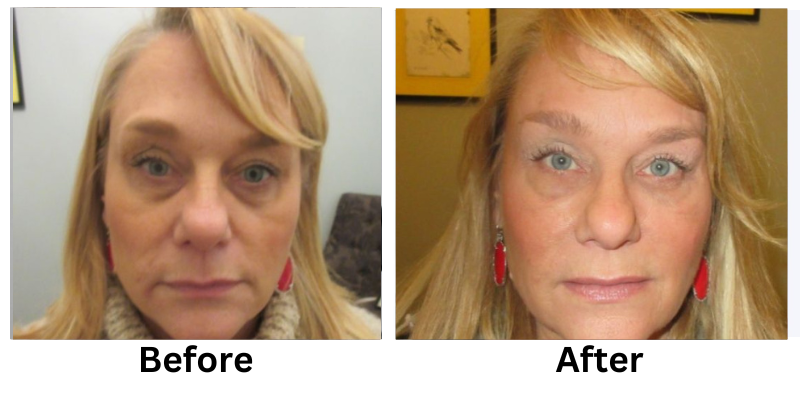


![[thumb]](https://slimmingsolutionsspa.com/wp-content/uploads/2023/12/revanesse-versa-1-150x150.png)
![[thumb]](https://slimmingsolutionsspa.com/wp-content/uploads/2023/12/revanesse-versa-2-150x150.png)
![[thumb]](https://slimmingsolutionsspa.com/wp-content/uploads/2023/12/revanesse-versa-3-150x150.png)
![[thumb]](https://slimmingsolutionsspa.com/wp-content/uploads/2023/12/revanesse-versa-4-150x150.png)
![[thumb]](https://slimmingsolutionsspa.com/wp-content/uploads/2023/12/revanesse-versa-5-150x150.png)
![[thumb]](https://slimmingsolutionsspa.com/wp-content/uploads/2024/01/Eyebrow-treatment-1-1-150x150.png)
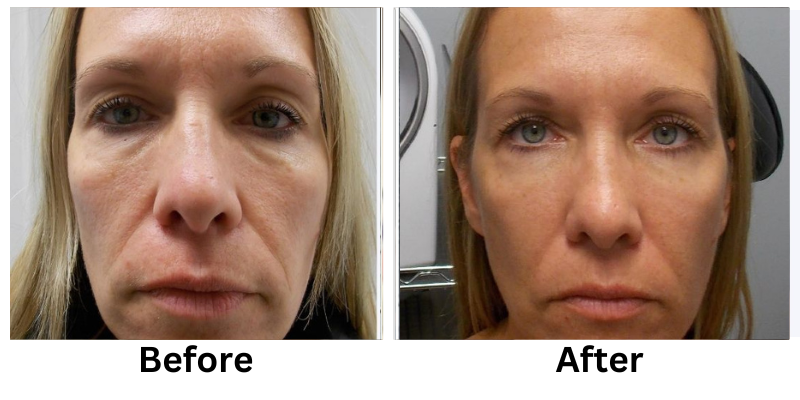
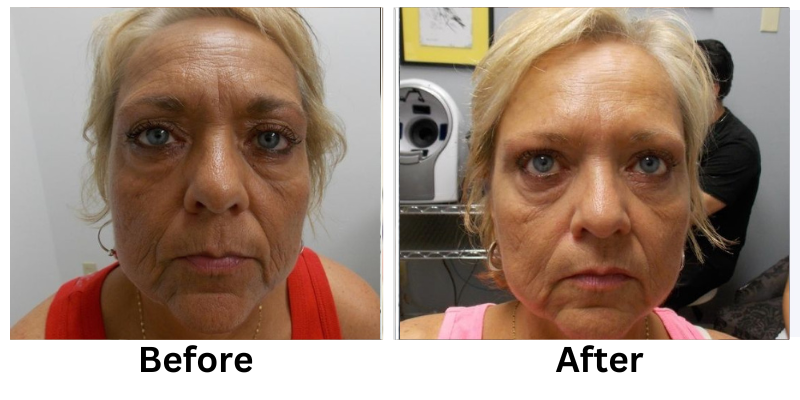
![[thumb]](https://slimmingsolutionsspa.com/wp-content/uploads/2023/12/Skin-Rejuvenation-1-150x150.png)
![[thumb]](https://slimmingsolutionsspa.com/wp-content/uploads/2023/12/Skin-Rejuvenation-2-150x150.png)


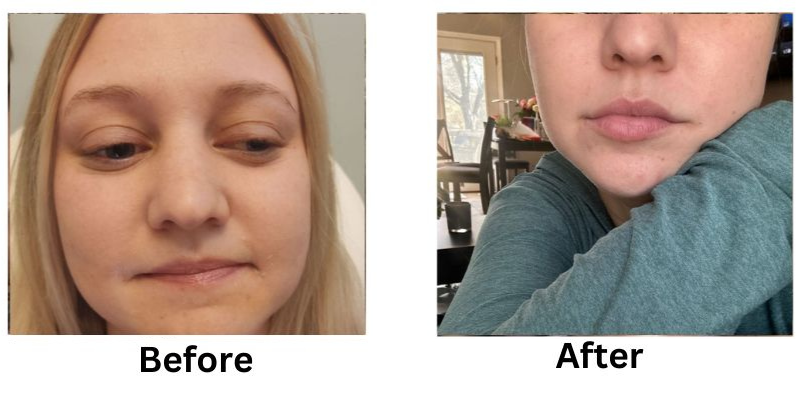
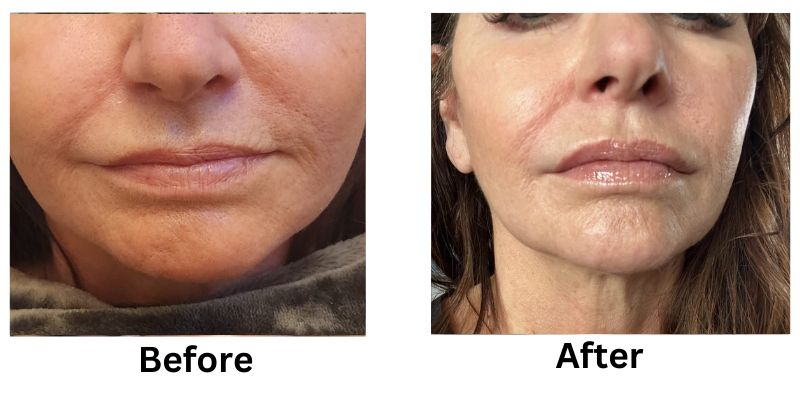
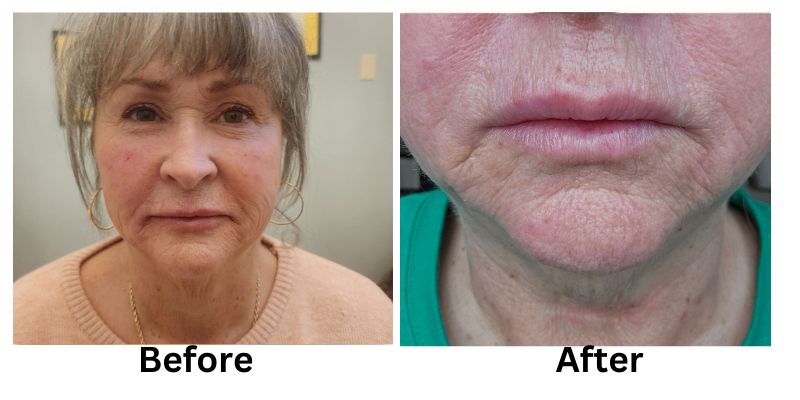
![[thumb]](https://slimmingsolutionsspa.com/wp-content/uploads/2024/01/Lip-Filler-1-150x150.png)
![[thumb]](https://slimmingsolutionsspa.com/wp-content/uploads/2024/01/Lip-Filler-2-150x150.png)
![[thumb]](https://slimmingsolutionsspa.com/wp-content/uploads/2025/02/Lip-Filler-1-150x150.png)
![[thumb]](https://slimmingsolutionsspa.com/wp-content/uploads/2024/01/Lip-Filler-150x150.jpg)
![[thumb]](https://slimmingsolutionsspa.com/wp-content/uploads/2024/01/Before-1-150x150.jpg)
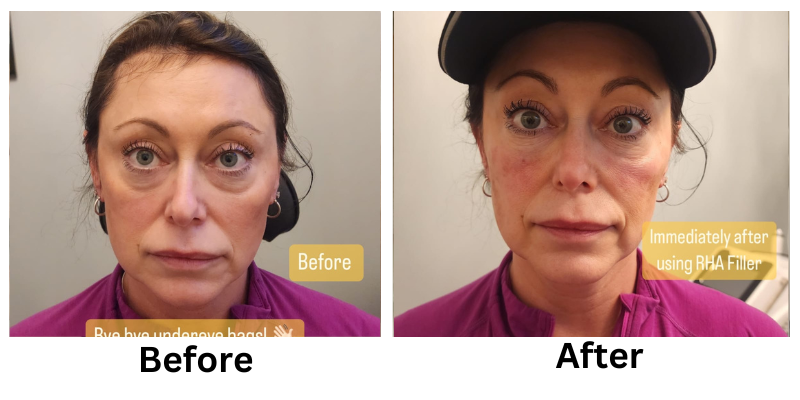
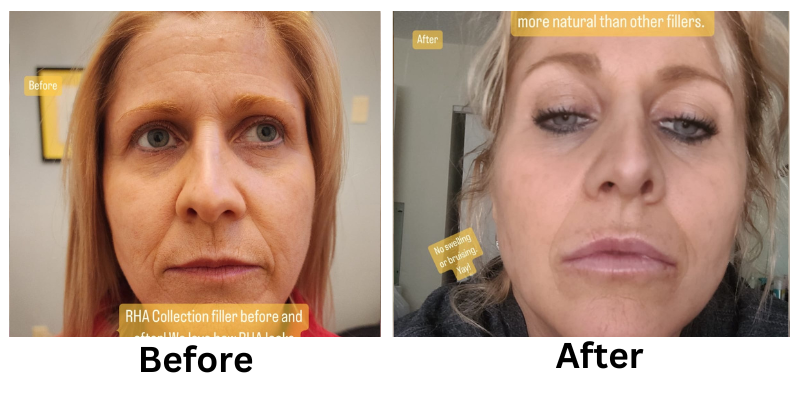

![[thumb]](https://slimmingsolutionsspa.com/wp-content/uploads/2024/01/RHA-Treatmetn-3-150x150.png)
![[thumb]](https://slimmingsolutionsspa.com/wp-content/uploads/2024/01/RHA-Treatmetn-2-150x150.png)
![[thumb]](https://slimmingsolutionsspa.com/wp-content/uploads/2024/01/RHA-Treatmetn-1-150x150.png)
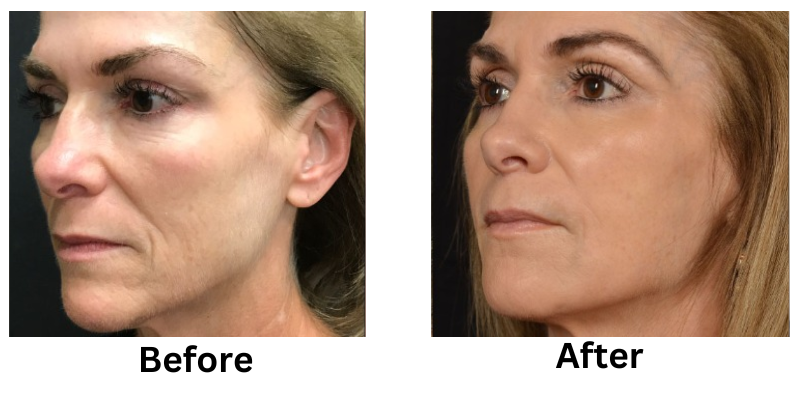
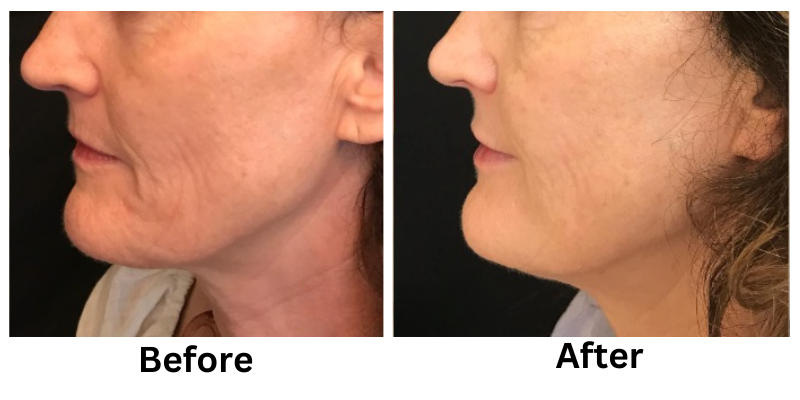
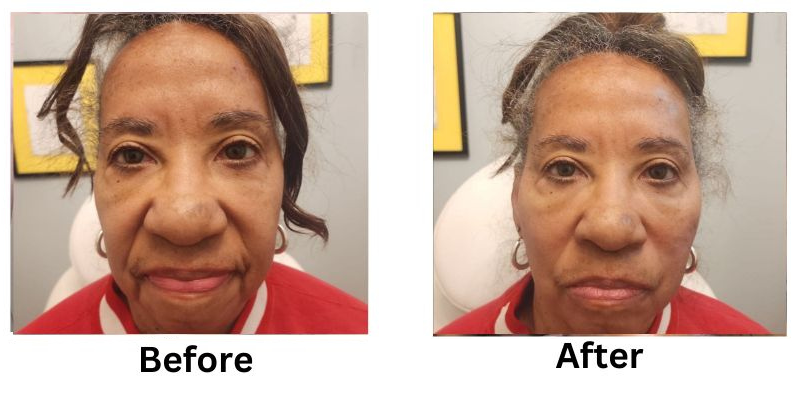
![[thumb]](https://slimmingsolutionsspa.com/wp-content/uploads/2024/01/Thread-Lifts-1-150x150.png)
![[thumb]](https://slimmingsolutionsspa.com/wp-content/uploads/2024/01/Thread-Lifts-2-150x150.png)
![[thumb]](https://slimmingsolutionsspa.com/wp-content/uploads/2025/02/Lip-Filler-2-150x150.png)
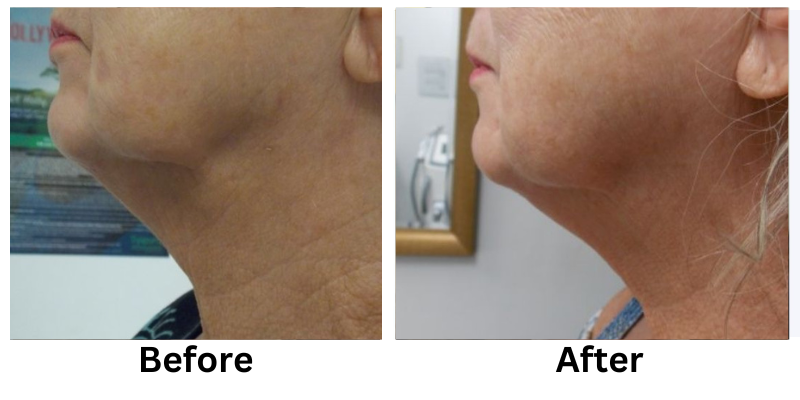
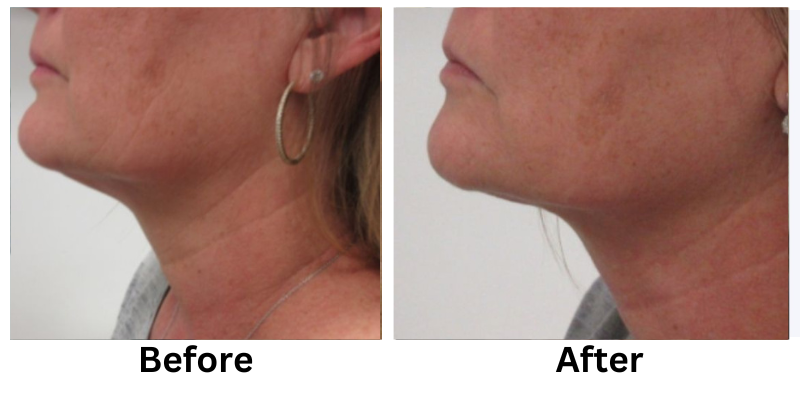

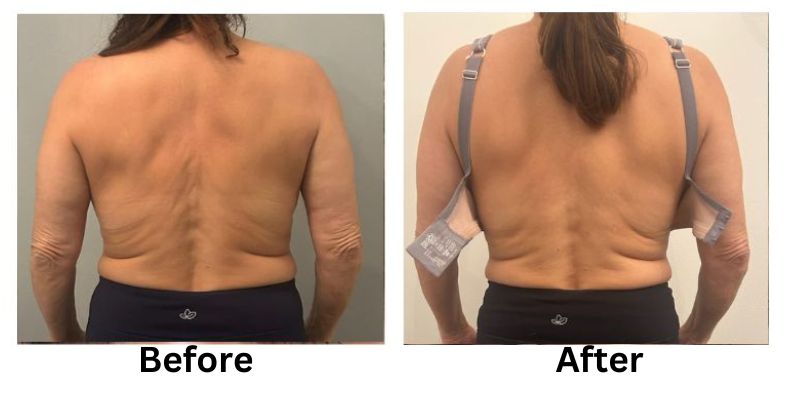
![[thumb]](https://slimmingsolutionsspa.com/wp-content/uploads/2023/12/skin-reuvulation1-150x150.png)
![[thumb]](https://slimmingsolutionsspa.com/wp-content/uploads/2023/12/skin-rejuvulation-2-150x150.png)
![[thumb]](https://slimmingsolutionsspa.com/wp-content/uploads/2023/12/Skin-Tighting-150x150.png)
![[thumb]](https://slimmingsolutionsspa.com/wp-content/uploads/2023/12/Before-150x150.jpg)
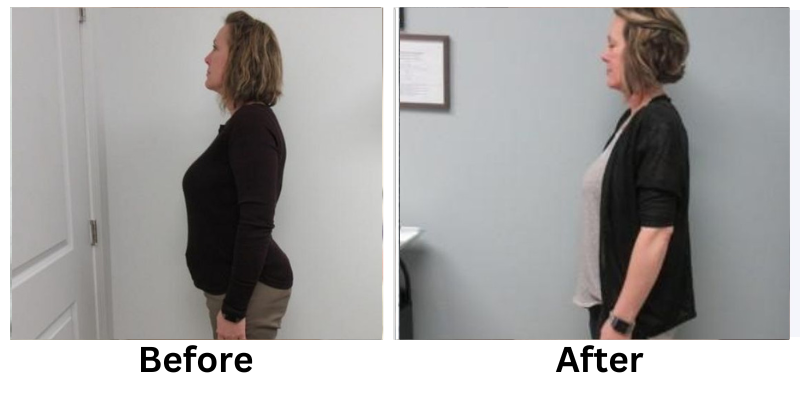
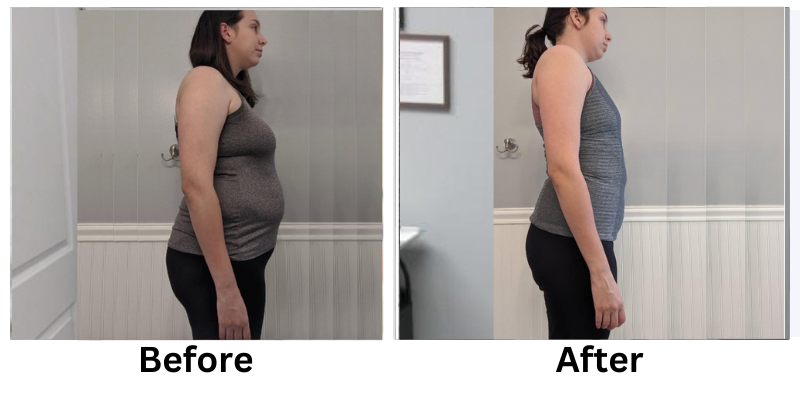
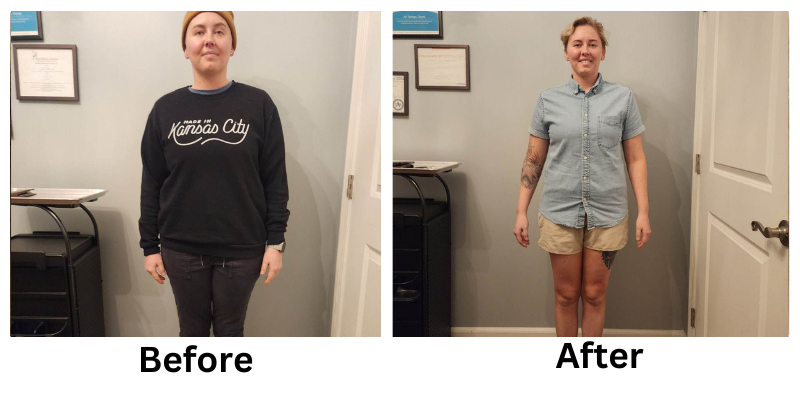
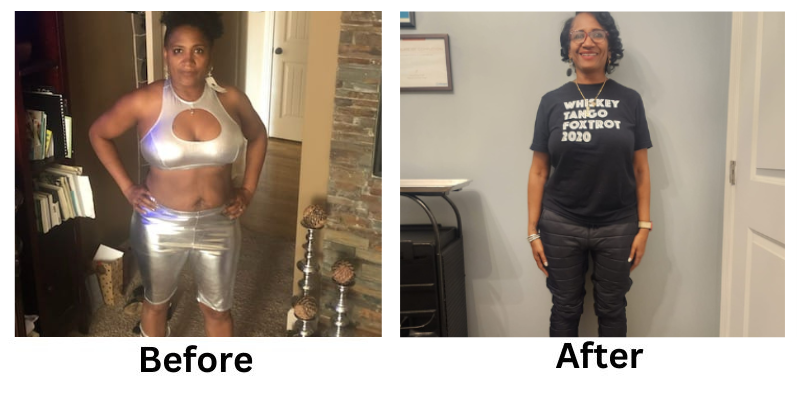
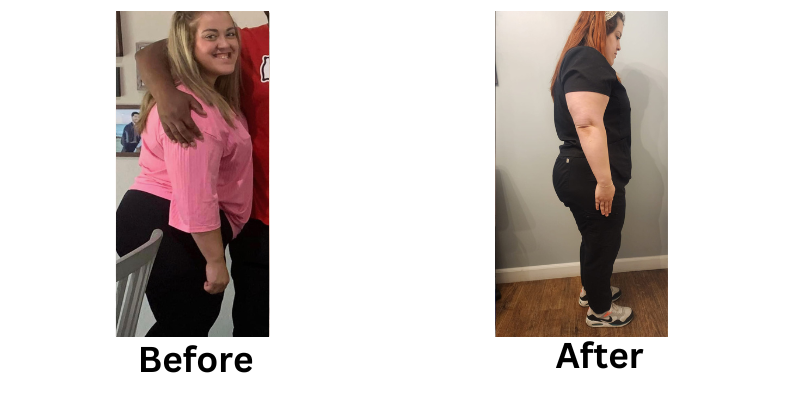
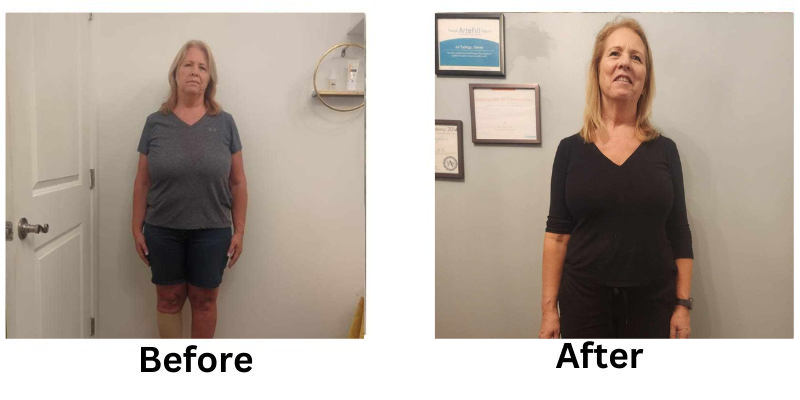
![[thumb]](https://slimmingsolutionsspa.com/wp-content/uploads/2023/12/weightloss-1-150x150.png)
![[thumb]](https://slimmingsolutionsspa.com/wp-content/uploads/2023/12/weightloss-2-150x150.png)
![[thumb]](https://slimmingsolutionsspa.com/wp-content/uploads/2023/12/2Weight-Loss-2-150x150.png)
![[thumb]](https://slimmingsolutionsspa.com/wp-content/uploads/2025/02/Weight-Loss-1-new-150x150.png)
![[thumb]](https://slimmingsolutionsspa.com/wp-content/uploads/2023/12/Weight-Loss-3-150x150.png)
![[thumb]](https://slimmingsolutionsspa.com/wp-content/uploads/2025/03/Slimming-Solutions-BA-Template-150x150.png)

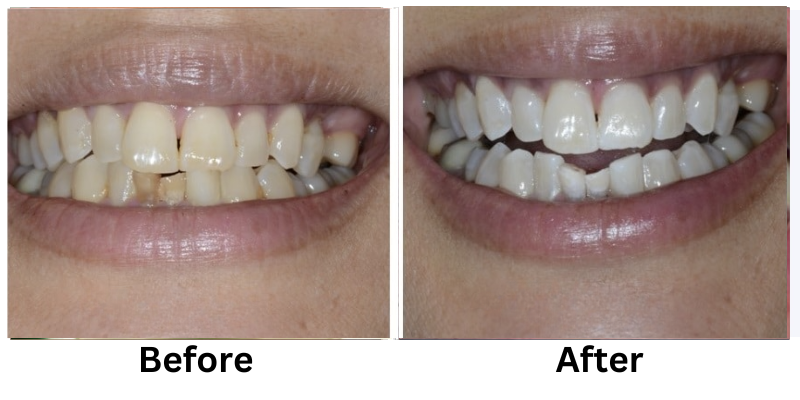
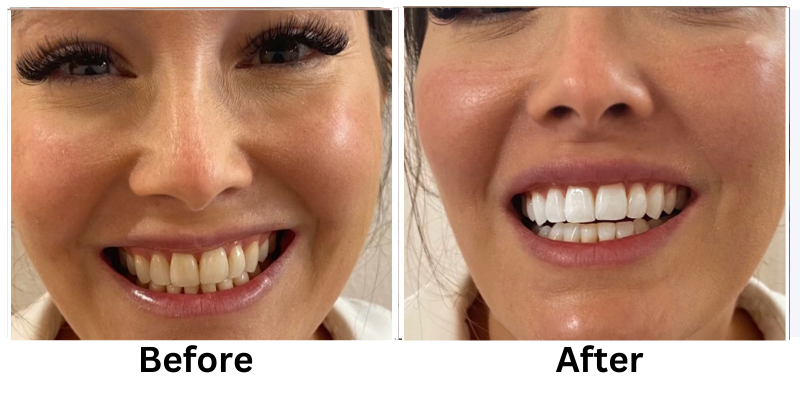

![[thumb]](https://slimmingsolutionsspa.com/wp-content/uploads/2023/12/dat3-150x150.png)
![[thumb]](https://slimmingsolutionsspa.com/wp-content/uploads/2023/12/dat-0-150x150.png)
![[thumb]](https://slimmingsolutionsspa.com/wp-content/uploads/2023/12/dat-1-150x150.png)
![[thumb]](https://slimmingsolutionsspa.com/wp-content/uploads/2023/12/Before-1-150x150.png)
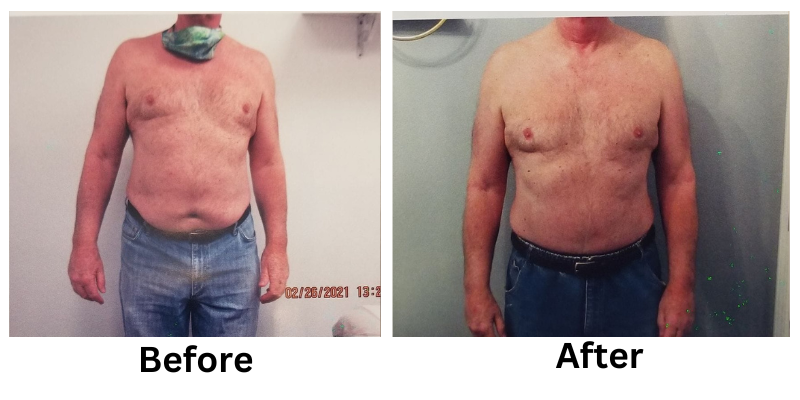

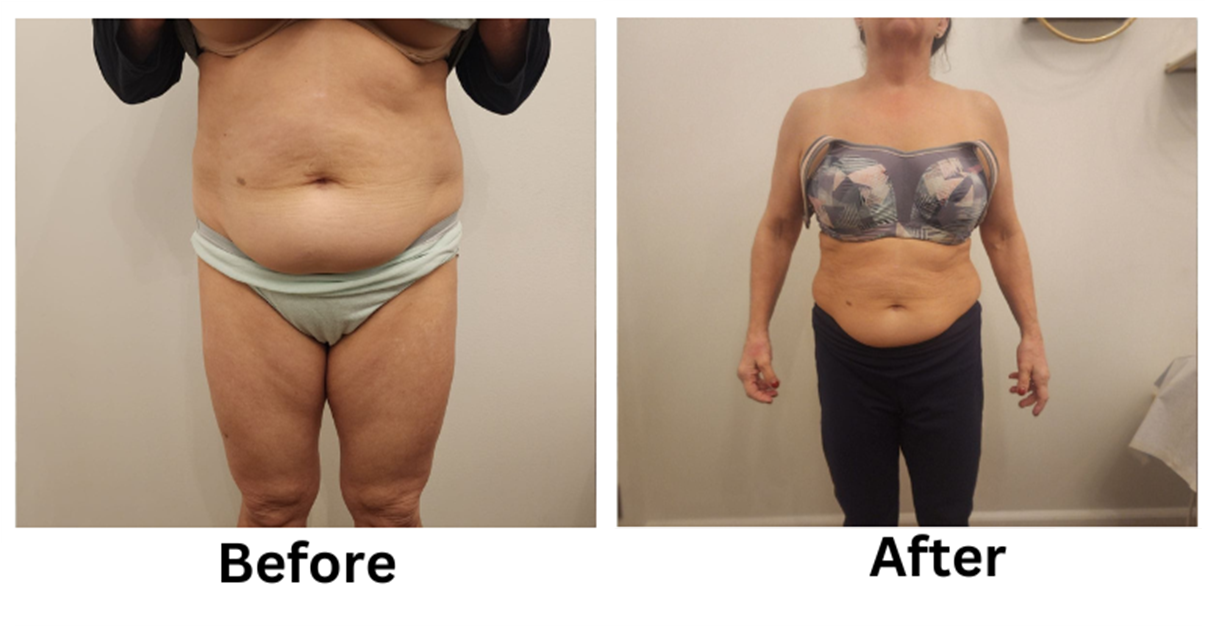
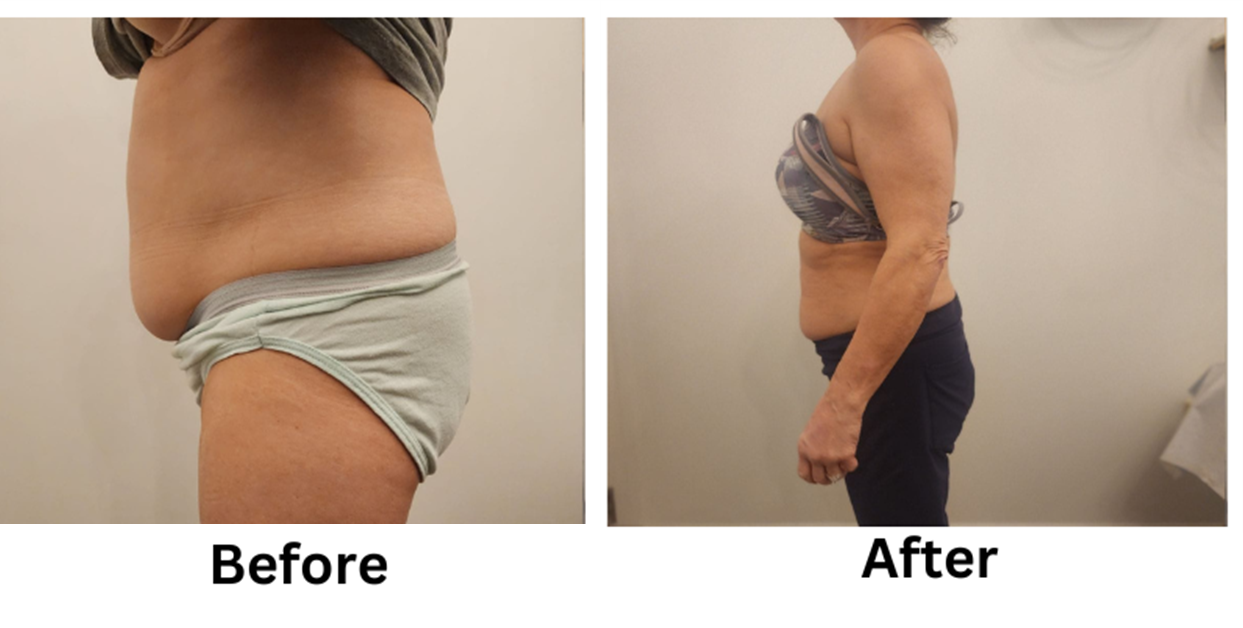
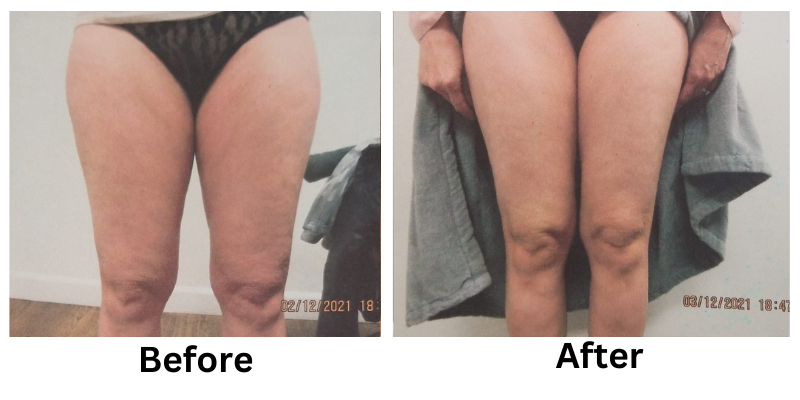
![[thumb]](https://slimmingsolutionsspa.com/wp-content/uploads/2024/01/EMS-Treatment-2-150x150.png)
![[thumb]](https://slimmingsolutionsspa.com/wp-content/uploads/2024/01/EMS-Treatment-1-150x150.png)
![[thumb]](https://slimmingsolutionsspa.com/wp-content/uploads/2025/02/ems-BNA-front-150x150.png)
![[thumb]](https://slimmingsolutionsspa.com/wp-content/uploads/2025/02/EMS-bna-SIDE-150x150.png)
![[thumb]](https://slimmingsolutionsspa.com/wp-content/uploads/2024/01/EMS-Treatment-6-150x150.png)
